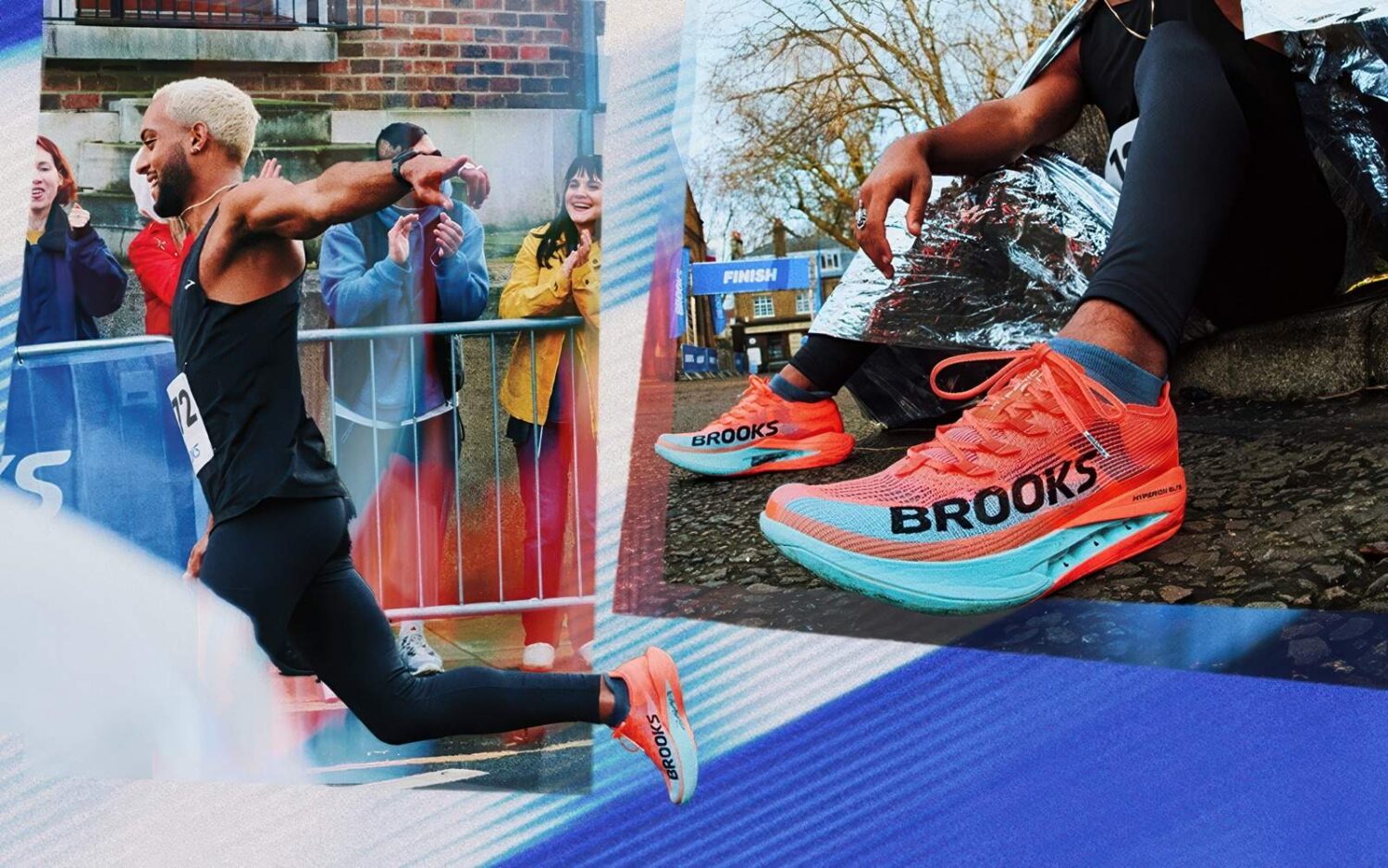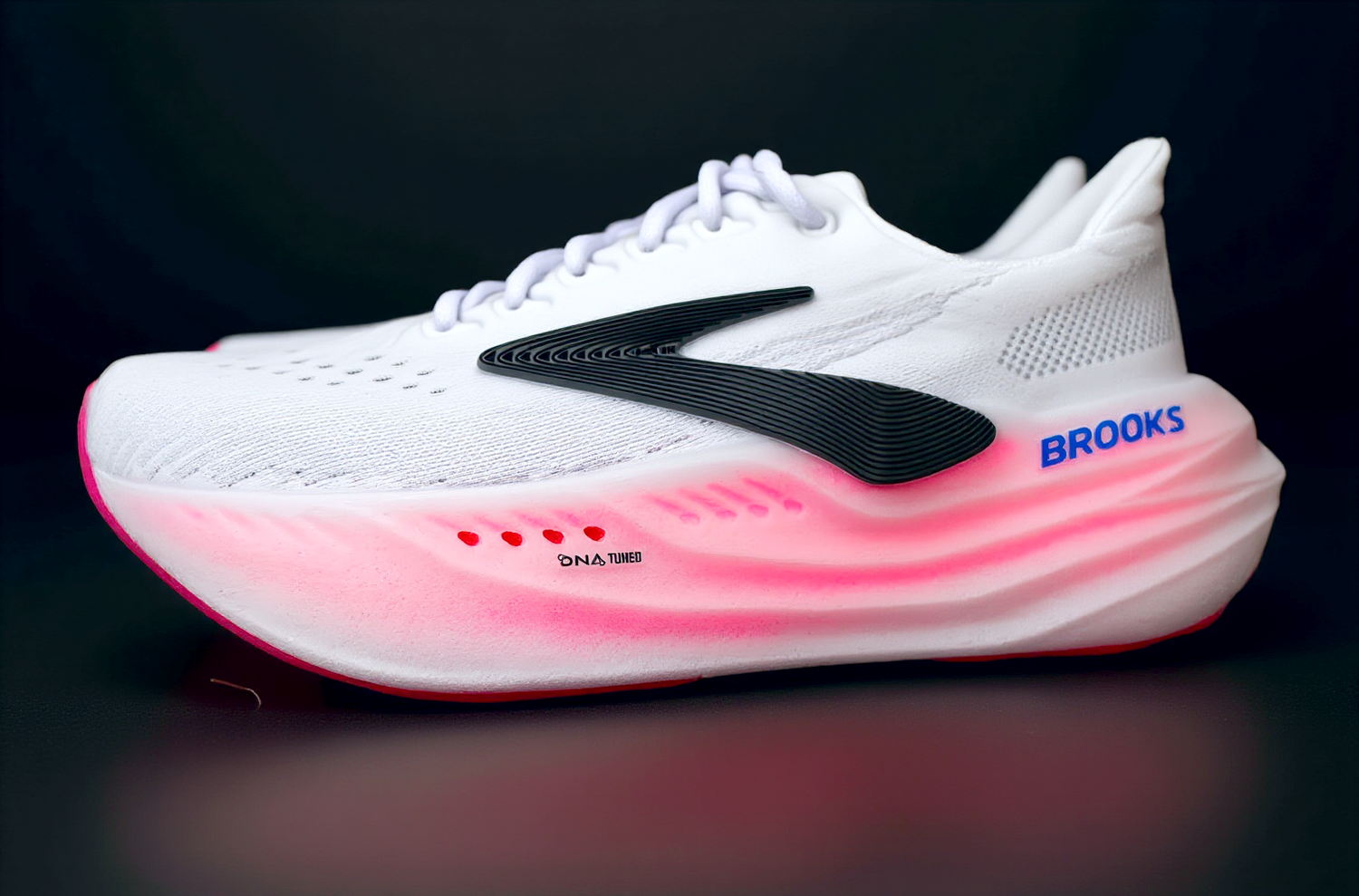Brooks Glycerin 22 Review: The Ultimate Guide to Brooks’ Premium Daily Trainer in 2025

The Brooks Glycerin 22 has arrived, promising runners a blend of plush comfort and subtle innovation for 2025. As a stalwart in Brooks’ lineup, the Glycerin series has long been celebrated as a go-to daily trainer for those seeking cushioning and reliability. This latest iteration introduces key updates, including the much-talked-about DNA Tuned midsole foam, while retaining the classic Glycerin DNA that fans adore. But does it deliver enough to stand out in a crowded field of cushioned running shoes? In this in-depth review, we’ll explore every facet of the Glycerin 22—from its construction and fit to its ride and real-world performance—offering insights for casual joggers and seasoned marathoners alike. Let’s lace up and dive in.
🏃♂️ Overview: What’s New with the Brooks Glycerin 22?
The Brooks Glycerin 22 builds on the legacy of its predecessors, refining rather than reinventing the wheel. Priced at £165 in the UK and $165 in the US, it sits comfortably in the premium daily trainer category, competing with the likes of the Asics Gel-Nimbus 27, New Balance Fresh Foam More v5, and Saucony Triumph 22. Available as of February 1, 2025, this shoe weighs in at 289g (10.2 oz) for a US men’s size 9, boasts a 10mm drop (38mm heel, 28mm forefoot), and comes in medium and wide fit options.
Key updates include a new double jacquard knit upper for enhanced comfort, a revamped outsole with increased rubber coverage, and the headline feature: the DNA Tuned midsole foam, first seen in the Glycerin Max. This nitrogen-infused foam aims to balance plush heel cushioning with a responsive forefoot, offering a tailored ride for various running styles. But how do these changes translate on the road? Let’s break it down.
🛠️ Construction and Design: A Deep Dive
🔍 Upper: Comfort Meets Structure
The Glycerin 22’s upper is crafted from a double jacquard knit mesh, a step up from the sweater-like knit of the Glycerin 21. This engineered mesh features a soft inner layer against the foot and a denser outer layer for structure, eliminating the need for plastic overlays. The result? A seamless, plush feel that hugs the foot like a well-worn slipper.
- Padding Galore: The heel collar and tongue are generously padded, delivering Brooks’ signature step-in comfort. A stretchy pull tab at the heel adds a modern touch, though its utility is more aesthetic than functional.
- Fit and Lockdown: The non-gusseted tongue includes lace loops to keep it in place, though some runners note minor sliding. Laces are soft and spongy, reducing lace bite, while the medium-width toe box offers a relaxed yet secure fit—perfect for long runs.
- Breathability: In colder climates (think -4°C UK winters), the upper shines, keeping feet cozy. However, its thickness may trap heat in warmer conditions, a potential drawback for summer runners in Miami or Malawi.
🧪 Midsole: DNA Tuned Innovation
The star of the Glycerin 22 is its DNA Tuned midsole, a nitrogen-injected EVA foam designed with variable cell sizes. Larger cells at the heel provide a softer, more cushioned landing—ideal for heel strikers—while smaller cells in the forefoot offer a snappier toe-off. This isn’t a radical departure from the DNA Loft v3 of the Glycerin 21, but it injects a touch of liveliness into the ride.
- Stack and Geometry: With a 38mm heel and 28mm forefoot stack, the 10mm drop feels traditional yet effective. Unlike the Glycerin Max’s towering 45mm heel and pronounced rocker, the Glycerin 22 opts for a subtler curve, balancing ground feel with protection.
- Energy Return: Don’t expect the bouncy exuberance of a carbon-plated super shoe. The DNA Tuned foam prioritizes control and stability over explosive pop, making it a workhorse rather than a speed demon.
👟 Outsole: Durability Meets Traction
Brooks beefed up the Glycerin 22’s outsole with more rubber, particularly in the forefoot, enhancing durability over the Glycerin 21. The tread pattern—described by some as “toothpaste-like”—offers reliable grip on wet roads and light gravel, though it’s not infallible in slushy or icy conditions.
- Longevity: After 100 km (62 miles), testers report minimal wear, suggesting this shoe could easily hit 500–600 km (310–373 miles) before retiring—excellent value at its price point.
- Stability: A broad platform and thick rubber layer keep the ride steady, a boon for neutral runners seeking a dependable base.
👣 Fit and Comfort: Stepping Into the Glycerin 22
📏 Sizing and Fit Options
The Glycerin 22 runs true to size for most, with testers in US 9 (UK 8) and US 10 (UK 9) reporting a consistent, glove-like fit. Brooks offers medium and wide options, catering to a range of foot shapes. The toe box strikes a Goldilocks balance—not too narrow, not overly generous—while the midfoot and heel lock down securely without pinching.
- Pro Tip: If you prefer extra wiggle room or have wider feet, consider the wide version or sizing up half a step, especially given the plush padding.
🛋️ Step-In Feel
Brooks excels at instant comfort, and the Glycerin 22 is no exception. The thick tongue, padded heel collar, and soft sock liner create a “pillow-for-your-feet” sensation. Testers universally praise its disappearing-on-foot quality—no hot spots, no blisters, even straight out of the box.
🏞️ Ride and Performance: How It Feels on the Run
🏃♀️ The Ride: Plush Yet Controlled
The Glycerin 22’s ride is best described as smooth and reliable rather than thrilling. The DNA Tuned foam delivers a plush heel strike that transitions into a subtle forefoot snap, rolling you through each stride with ease. It’s not a heavily rockered design, so expect a more traditional feel compared to max-stack rivals like the Glycerin Max or Asics Superblast.
- Easy Miles: At paces of 5:30–6:00 min/km (8:50–9:40 min/mile), this shoe shines, softening the road’s harshness without feeling soggy.
- Moderate Paces: Push it to marathon effort (around 4:30–5:00 min/km or 7:15–8:00 min/mile), and it holds its own, though heel strikers may notice a slight slap at higher cadences.
- Speed Work: For tempo runs or intervals, it’s competent but not exceptional—lighter, livelier options like the Brooks Hyperion Max outpace it here.
🌧️ All-Weather Performance
Testers logged miles in rain, slush, and cold, with mixed results. The outsole grips well on wet pavement and light off-road surfaces, but some report slipperiness in sloppy conditions—possibly due to a softer rubber compound. Durability remains a strong suit, shrugging off 60 km (37 miles) of bleak UK weather with barely a scratch.
⚖️ Weight Perception
At 289g (10.2 oz), the Glycerin 22 is heavier than some peers (e.g., Nike Pegasus 41 at 269g / 9.5 oz). Yet, its on-foot feel belies the scale—runners describe it as “normal” or even “lightweight” despite the numbers, thanks to balanced weight distribution.
⚡ Pros and Cons: Breaking It Down
✅ Pros
- Supreme Comfort: Plush upper and midsole make every step a treat.
- Enhanced Durability: Beefier outsole promises long-term value.
- Stable Ride: Broad base and tuned foam suit neutral runners and heel strikers.
- Versatile Fit: Medium and wide options accommodate most feet.
❌ Cons
- Limited Bounce: Lacks the energy return of bouncier rivals.
- Warm Upper: May overheat in hot climates.
- Weight: Heavier than some competitors, though it doesn’t feel sluggish.
- Not a Speed Shoe: Better for easy miles than fast workouts.
🆚 Comparison to Competitors
How does the Glycerin 22 stack up in the cushioned daily trainer arena? Here’s a quick showdown:
| Shoe | Weight (US 9) | Drop | Stack (Heel/Forefoot) | Price | Key Feature |
|---|---|---|---|---|---|
| Brooks Glycerin 22 | 289g (10.2 oz) | 10mm | 38mm / 28mm | $165 | DNA Tuned foam |
| Asics Gel-Nimbus 27 | 299g (10.6 oz) | 8mm | 41mm / 33mm | $165 | FF Blast+ Eco foam, rocker |
| New Balance 1080 v14 | 262g (9.2 oz) | 6mm | 38mm / 32mm | $165 | Fresh Foam X, lightweight |
| Saucony Triumph 22 | 278g (9.8 oz) | 10mm | 37mm / 27mm | $160 | PWRRUN PB, plush ride |
| Nike Pegasus 41 | 269g (9.5 oz) | 10mm | 36mm / 26mm | $140 | React foam, versatility |
- Vs. Glycerin 21: The 22’s DNA Tuned foam adds a hint of responsiveness absent in the softer, duller Loft v3, though the geometry remains similar.
- Vs. Glycerin Max: The Max’s higher stack (45mm heel) and 6mm drop offer a softer, rockered ride, while the 22 is more controlled and traditional.
- Vs. Nimbus 27: The Nimbus edges out with a livelier foam and rocker, but the Glycerin counters with superior step-in comfort.
- Vs. 1080 v14: The New Balance is lighter and snappier, appealing to those prioritizing pace, while the Glycerin excels in plushness.
🏋️♂️ Who’s It For?
The Glycerin 22 is a jack-of-all-trades daily trainer, best suited for:
- Beginners: Its stability and cushioning make it a forgiving entry point.
- Long-Run Lovers: Perfect for racking up 15–24 km (9–15 miles) at easy paces.
- Heavier Runners: The firm midsole and broad base provide ample support.
- Comfort Seekers: If step-in plushness is your priority, this delivers.
It’s less ideal for speed-focused runners or those craving max-stack squish—look to the Hyperion Max or Glycerin Max for those needs.
💡 Final Verdict: Worth the Hype?
The Brooks Glycerin 22 isn’t a revolutionary leap, but it’s a thoughtful evolution. The DNA Tuned midsole breathes new life into a familiar formula, enhancing the ride without alienating longtime fans. It’s a dependable, comfortable workhorse—perfect for logging easy miles in all conditions—though it won’t dazzle with speed or bounce. At $165, it’s competitively priced and built to last, making it a solid investment for runners seeking quality over flash.
For Glycerin loyalists, this is a welcome upgrade. For newcomers, it’s a reliable contender in a sea of cushioned options. Pair it with a lighter tempo shoe, and you’ve got a rotation ready to tackle any run in 2025.



